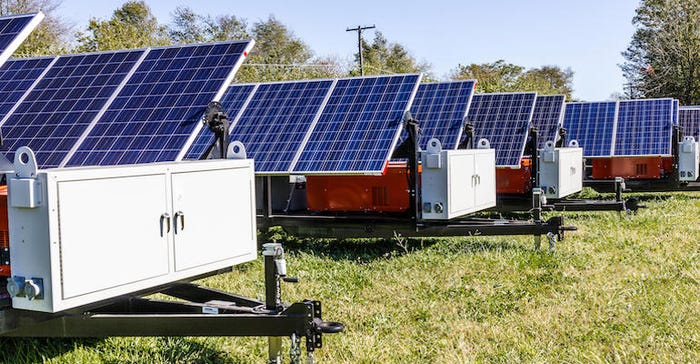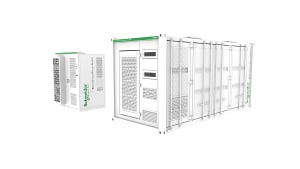9 Ways Advanced Portable Power is Making a Greener, Cleaner, and Safer World
Finding ways to replace gasoline or diesel generators to produce usable power without emissions has resulted in a variety of exciting new applications for portable power.
November 15, 2021

On average, according to the US Department of Energy (DoE), US electricity customers experienced just over eight hours of electrical power interruptions in 2020. Typically, when the power goes out, portable power comes on. Traditionally, portable power has come from a generator driven by a gasoline (or sometimes diesel or natural gas) internal combustion engine. Low-cost, powerful, and reasonably portable, fossil fuel-powered generators have one major problem—the pollution they produce when running, including greenhouse gas (GHGs) emissions.
Switching away from fossil fuels for portable power opens the field to a variety of applications that are larger in scale than a gasoline-powered generator ever provided. Using advanced batteries that can supply electrical energy to everything from hedge trimmers to heart pacemakers, using solar panels and small-size wind turbines to recharge those batteries, or even using fuel cells to convert hydrogen into electricity to use in the field all become possible ways to exploit portable power concepts.
To consider how advanced portable power technologies can meet various challenges, we have focused on nine different applications and described new green, clean, and safe solutions.
BONUS! Check out Slide 10—It’s out of this world!
Kevin Clemens is a Senior Editor with Battery Technology.
About the Author(s)
You May Also Like





